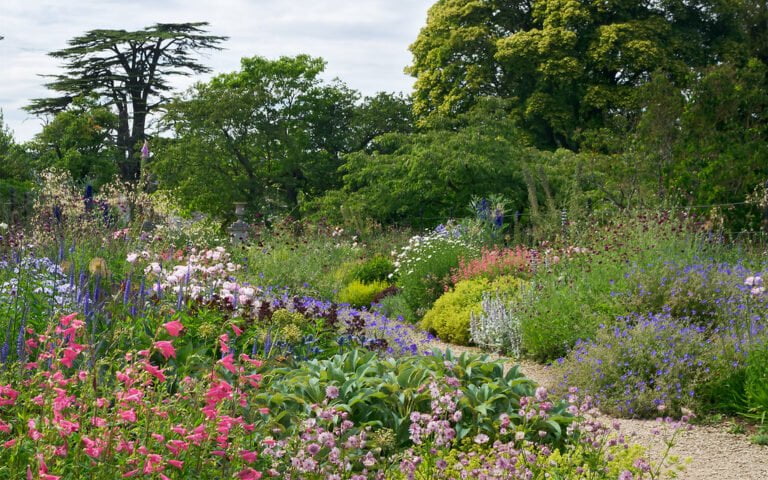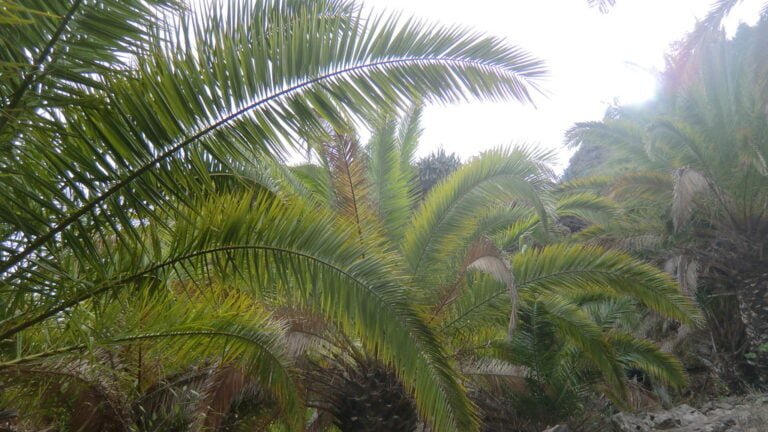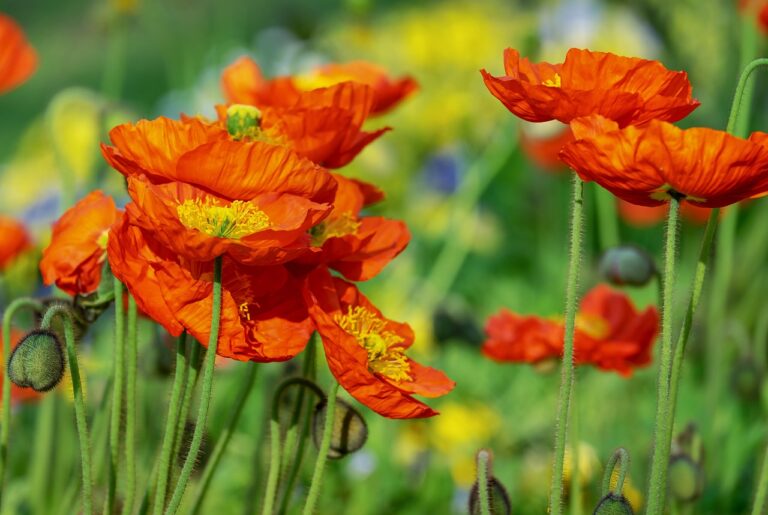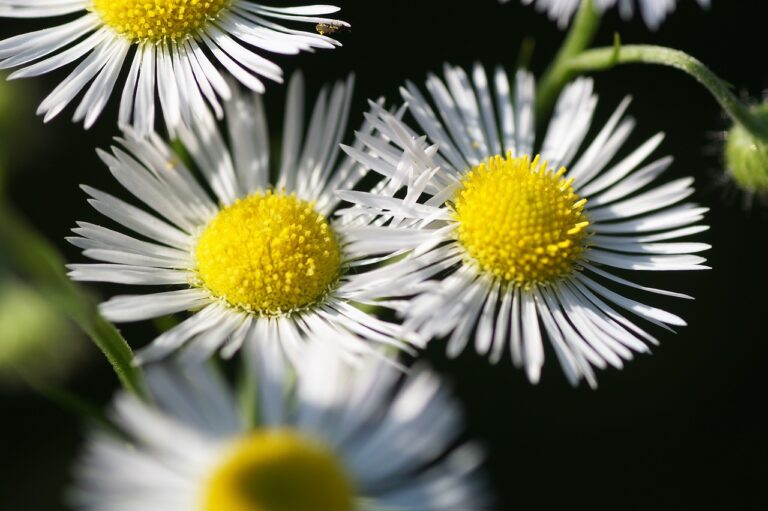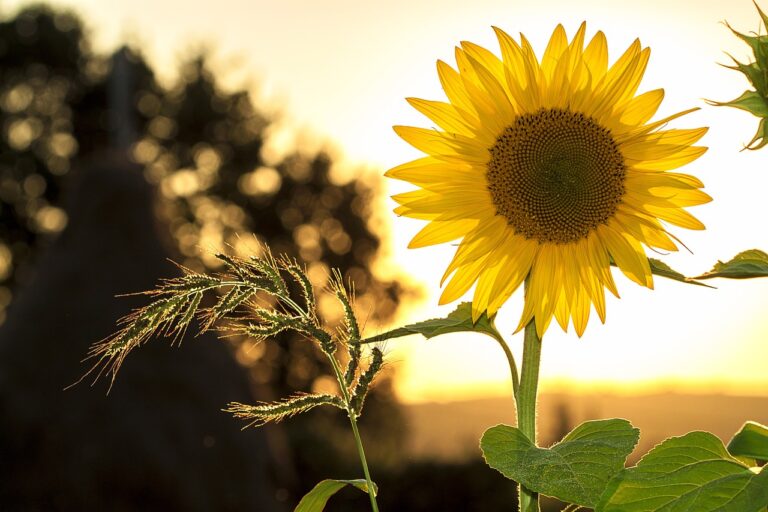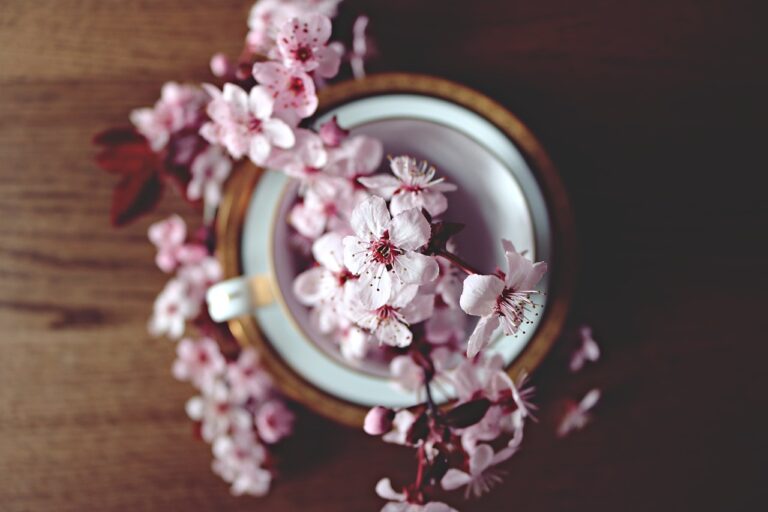The Growth Timeline of Cornflowers From Seed
Are you interested in growing cornflowers from seed? In this article, we'll guide you through the entire growth timeline of cornflowers, from germination to harvesting and storage. You'll learn about the different stages of development, such as seedling growth, leaf expansion, stem elongation, bud formation, and the pollination process. We'll also discuss seed production, the ripening process, and provide practical tips for successful cultivation. Get ready to embark on a rewarding journey of growing beautiful cornflowers in your own garden!
Germination
To achieve successful germination, you should begin by carefully planting cornflower seeds in a well-drained soil. Cornflowers thrive in soil that is loose and fertile, so make sure to prepare the planting area by removing any weeds and breaking up any clumps of soil. It is best to plant the seeds in early spring or late summer when the soil is warm and moist. Dig small holes about 1 inch deep and place one seed in each hole. Cover the seeds with soil and gently pat it down to ensure good seed-to-soil contact. Water the area well after planting to provide the seeds with the moisture they need to start germinating. Keep the soil consistently moist but not waterlogged throughout the germination process. In about 7 to 10 days, you should start to see the first signs of germination, with tiny seedlings emerging from the soil.
Seedling Development
As your cornflower seeds begin to germinate and tiny seedlings emerge from the soil, it's time to shift our focus to the crucial stage of seedling development. During this stage, the seedlings will grow and establish a strong root system, which is vital for their overall health and stability. To promote healthy seedling development, ensure that they receive adequate sunlight, water, and nutrients. Place them in a sunny spot, preferably with at least six hours of direct sunlight. Water them regularly, keeping the soil moist but not waterlogged. As the seedlings grow, provide them with a balanced fertilizer to enhance their growth. Additionally, protect them from pests and diseases by regularly inspecting the leaves and stems. By giving proper attention to seedling development, you will set the stage for vibrant and robust cornflowers in the future.
Leaf Growth
Now that your cornflower seedlings have established a strong root system, it's time to focus on the next stage of their growth: the development of their leaves. Leaf growth is an essential process for your cornflowers, as it allows them to harness sunlight and convert it into energy through photosynthesis. As the seedlings continue to grow, you will notice small, delicate leaves emerging from the stem. These leaves will gradually increase in size and complexity, developing a vibrant green color. It is important to provide adequate sunlight, water, and nutrients to support healthy leaf growth. Regularly check for any signs of nutrient deficiencies or pest infestations, as these can hinder leaf development. By ensuring optimal conditions, you can help your cornflower seedlings thrive and produce beautiful, lush foliage.
Stem Elongation
Watch as your cornflower seedlings begin to elongate their stems, reaching towards the sunlight and growing taller with each passing day. Stem elongation is a crucial stage in the growth of cornflowers, as it allows the plants to maximize their exposure to sunlight for photosynthesis. As the stems lengthen, they become stronger and more rigid, providing support for the developing plant. This process is triggered by a hormone called auxin, which stimulates cell elongation in the stem. To ensure healthy stem growth, it is important to provide your cornflowers with adequate sunlight, water, and nutrients. Additionally, you can help promote stem elongation by gently brushing your finger along the stems, simulating the natural movement caused by wind. This will encourage the plants to develop thicker, sturdier stems.
Bud Formation
You can observe the formation of buds on your cornflower plants as they progress in their growth timeline. Bud formation is an exciting stage in the development of cornflowers, as it signifies the imminent arrival of beautiful blooms. As the stems continue to elongate, small, rounded buds will start to appear at the tips. These buds are tightly packed and covered in protective green sepals. Over time, the buds will gradually enlarge and develop distinct petals within. It is important to provide your cornflowers with adequate sunlight, water, and nutrients during this stage to ensure healthy bud formation. Regularly inspecting your plants for any signs of pests or diseases is also crucial, as it can help prevent any potential damage to the developing buds. With proper care, you will soon witness the transformation of these buds into breathtaking cornflower blossoms.
Flowering Stage
As your cornflower plants progress in their growth timeline, they will enter the flowering stage, where vibrant blossoms will begin to emerge. The flowering stage is an exciting time for gardeners, as it is when the hard work and care you have put into nurturing your plants finally pays off. During this stage, you will notice the formation of numerous flower buds on your cornflower plants. These buds will gradually open up to reveal stunning, colorful blooms that will add beauty to your garden. It is important to ensure that your plants receive adequate sunlight, water, and nutrients during this stage to support healthy flower development. Regular deadheading of faded flowers will encourage continuous blooming and prolong the flowering period. Enjoy the rewards of your efforts and take pride in the gorgeous display of cornflower blossoms in your garden.
Pollination Process
During the pollination process, your cornflower plants will attract pollinators to help transfer pollen between flowers. Pollinators, such as bees, butterflies, and hummingbirds, are naturally drawn to the bright colors and sweet fragrance of cornflowers. As they visit the flowers in search of nectar, they inadvertently pick up pollen on their bodies. When they move on to the next flower, some of this pollen is transferred, allowing fertilization to occur. To attract more pollinators, you can plant a variety of flowers alongside your cornflowers that bloom at different times. Additionally, providing a source of water, such as a shallow dish with pebbles for perching, can help attract pollinators to your garden. By encouraging pollination, you are helping your cornflowers produce healthy seeds for future growth.
Seed Production
To ensure a successful cornflower harvest, it is crucial to understand the process of seed production. Cornflowers are annual plants, which means they complete their life cycle within a year. After the pollination process, the flowers start to wither, and the seed heads begin to develop. These seed heads contain numerous small seeds that are capable of producing new cornflower plants. To collect the seeds, it is recommended to wait until the seed heads turn brown and dry. Then, gently rub the seed heads between your hands to release the seeds. Store the seeds in a cool, dry place until you are ready to plant them. It is important to remember that cornflower seeds have a relatively short shelf life, so it is best to use them within a year for optimal germination.
Ripening Process
After pollination, the flowers wither and the seed heads of cornflowers begin to develop, marking the start of the ripening process. During this time, it is important to provide the right conditions for the cornflowers to ripen properly. Ensure that the plants receive ample sunlight, as this is crucial for the development of the seeds. Water the plants regularly, but be careful not to overwater, as this can lead to rotting. As the seed heads mature, you will notice them turning brown and drying out. This is a sign that the seeds are fully developed and ready to be harvested. Gently shake the seed heads to release the mature seeds into a container. Store the seeds in a cool, dry place until you are ready to sow them again.
Harvesting and Storage
For optimal results in harvesting and storing cornflowers, you should follow these steps. Once the cornflowers have fully ripened, it's time to harvest them. Start by cutting the stems about an inch above the ground using sharp garden shears. Avoid cutting too close to the ground to prevent damaging the plant. After harvesting, bundle the stems together and hang them upside down in a dry, well-ventilated area. This will allow the flowers to dry naturally and retain their vibrant color. It's important to store the dried cornflowers in an airtight container, such as a glass jar or airtight bag, to protect them from moisture and pests. Keep the container in a cool, dark place to maintain the flowers' quality for up to a year.
Conclusion
After following the growth timeline of cornflowers from seed, it is clear that with proper care and attention, these beautiful flowers can be successfully cultivated. From germination to ripening, each stage requires specific conditions, such as adequate sunlight and water. Understanding the pollination process and ensuring proper seed production is crucial for future harvests. By harvesting and storing the seeds properly, you can enjoy the beauty of cornflowers year after year.

